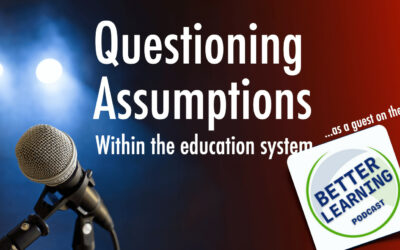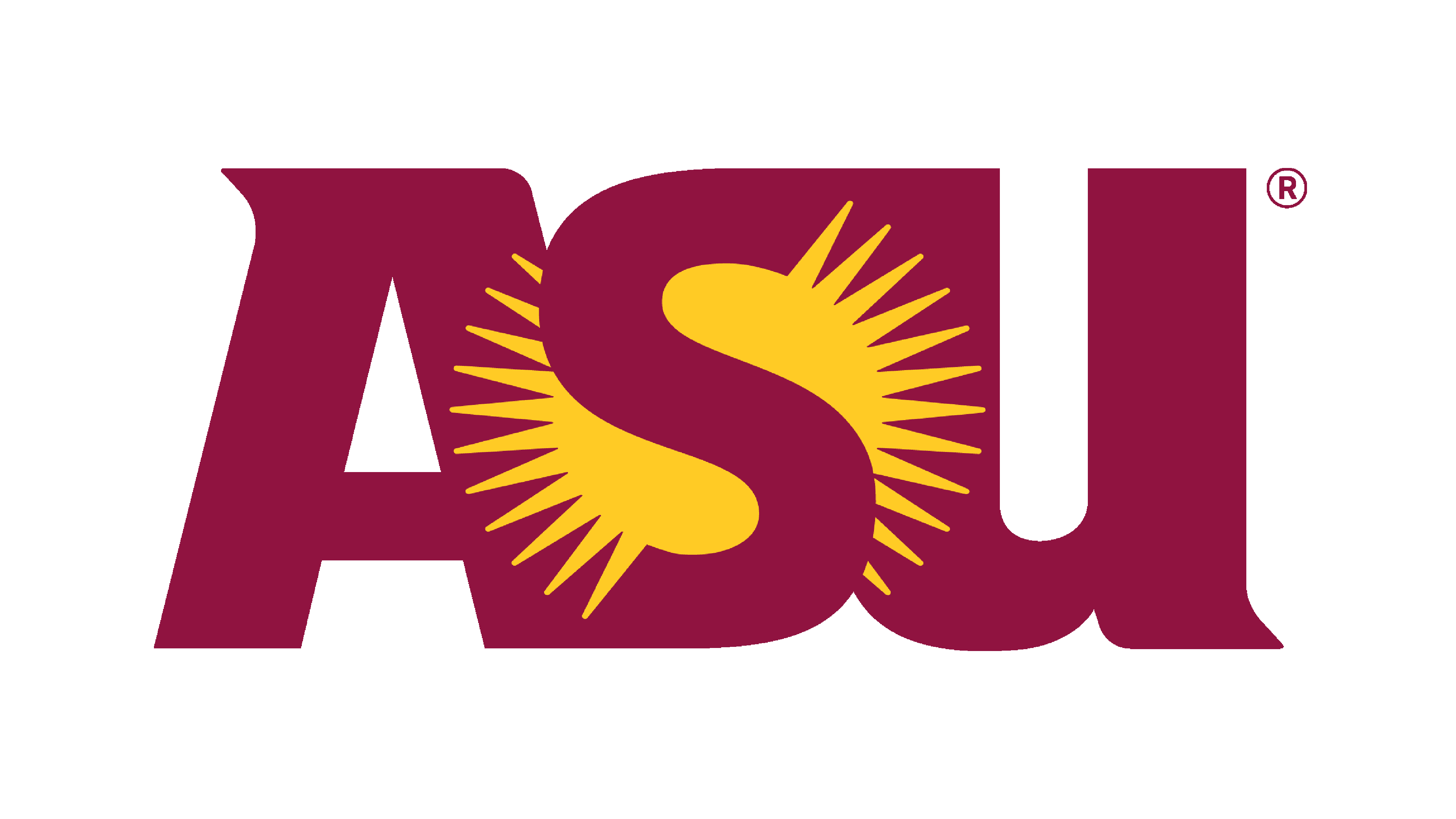As I go around the country talking about the TPACK framework, one of the questions that is always put to me is, about which comes first when planning a lesson, content, pedagogy or technology. The standard answer is that content comes first since it is only after we decide what it is that we want our students to learn (the content) that we can speak of how we are to teach it (the pedagogy) and what tools to use (the technology).

For instance consider the excellent work being done by Judi Harris and her colleagues on activity structures and the TPACK framework. This work is one of the best, research and data driven approaches to applying the TPACK framework to the the actual work teachers do. The activity structures approach focuses on traditional practice i.e. the kinds of activity structures for specific content areas that are important for teachers engage in and it is only after these have been figured out that we think of selecting the appropriate technology. Clearly, in this approach technology comes in only after content and pedagogy have been specified. This is an excellent way to think about teachers and technology integration, and in many cases the most appropriate way of going forward.
Matters, however, I believe, are not that straightforward.
I say this because I am acutely sensitive to the fact that new technologies can often engender new activity structures, structures that may not have been possible without the advent of some new tool that we had not thought of before. The fact that technology may be the first piece of the puzzle is entirely consistent with the TPACK framework, which is not as much about process as it is about the end result i.e. that technology, pedagogy and content should all work together.
For instance, one example where this happens, and one that Matt Koeheler and I have often talked about, has to do with the advent of the web and the rise of online learning. Now, Tim Berners-Lee and the Mark Andreessen were not thinking of K12 learning when they developed the HTTP protocols and the HTML language, the foundation of the web as we know it. They were after different game. Tim Berners-Lee was out to develop ways for nuclear scientists develop betters ways of sharing information and it is not exactly clear to me what Mark Andreessen was initially interested in when he worked on developing the Mosaic browser. The point being though that once this tool was in the world, and freely available, educators recognized its potential and began thinking of ways of using this new technology for educational purposes. All of a sudden professors and K12 teachers were having to think about how to best use this new tool in their everyday work – that of teaching. Pedagogical processes and techniques that had worked before, for face to face contexts, needed to change, to fit this new medium. The manner in which content was represented had to shift and change as well.
So in this case technology came first and pedagogy and content (at least the manner in which it was represented) came afterwards.
I have made similar arguments about the use of micro-blogging in the classroom (see posts here and here).
Recently I came across another profound example of how new technologies change pedagogy in profound kinds of ways. Most of us have now heard of Khan Academy and about how it came to be. Essentially, Salman Khan a hedge fund manager took time to develop a series of video tutorials (essentially screen captures of him talking about math and science concepts and procedures) that he made freely available on the web. Though this began as a personal project for his cousins the videos soon began receiving positive attention from learners and teachers who stumbled upon his work. At this time the Khan Academy website has over 2000+ videos on a range of topics, arithmetic, physics, finance and history.
Salman Khan was recently asked to come and speak at TED and in his talk he talked about how the availability of these videos changed (at least in some cases) what teachers do in their classrooms. The fact that these lectures are freely available 24/7 frees teachers up to focus on other, maybe more important, aspects of teaching and learning than lecturing to their students. As Khan says, and I am paraphrasing here, technology can actually humanize classrooms! Khan calls this “flipping the classroom” by which he means that lectures can be moved online and outside of the classroom while class-time is used to work on problem solving and other engaging individual and collaborative work. while focusing on problem solving and collaborative work during class time.
[youtube]http://www.youtube.com/watch?v=nTFEUsudhfs[/youtube]
This is not a new idea. Karl Fisch, for instance, has described this eloquently (though he doesn’t claim credit for the idea and in fact provides credit to other precursors of the idea) in his blog post. As Karl writes:
My plan is to deliver the traditional lecture portion of an Algebra class as the homework, thus freeing up class time to explore the mathematics and pursue some interesting problems, as well as provide time for guided practice and collaborative work.
[Incidentally Dan Pink blogged about this idea as well, see here].
The fact that technology allows us to create and share, or freely access video based resources such as lectures fundamentally changes the game for teachers. Taking advantage of these tools, and to use them to their fullest potential, requires changing one’s pedagogical practices in fundamental ways, maybe “flipping” them almost totally around. Karl Fisch can still be the “sage on the stage” delivering his “knowledge” to the class but he can shift that part away into the “homework” arena and more effectively use his class time to customize his teaching to meet individual strengths and weaknesses.
I cannot imagine how this “flipping the classroom” could have happened prior to the advent of easy to use, cross-platform, always available, essentially free, web based resources such as Youtube!
Now could one have predicted something like this 20, or even 10 years ago? But given these tools (and resources) would it be right to keep doing things the same old way? I don’t think so.
I guess this is now my favorite example of how technology can fundamentally change pedagogy and content, and allow for the development of new activity structures, the idea at the heart of the TPACK framework.





Frank, thank you for your note. There is a lot here to think about… and broadly I am in agreement with what you are saying.
I am traveling at the moment with extremely sketchy access to the internet but will respond at greater length – hopefully later this weekend.
My problem is that the Khan Academy videos show a lack of any sort of pedagogical content knowledge. So then how effective can they really be? Have you see:
Khan Academy and the Effectiveness of Science Videos
http://fnoschese.wordpress.com/2011/03/17/khan-academy-and-the-effectiveness-of-science-videos/
Khan Academy and the mythical math cure
http://blog.genyes.org/index.php/2011/04/02/khanacademy/
Khan Academy – algorithms and autonomy
http://blog.genyes.org/index.php/2011/04/04/algorithms-and-autonomy/
“Don’t we need balance?” and other questions about Khan Academy
http://blog.genyes.org/index.php/2011/04/05/dont-we-need-balance/
Wondering what your thoughts are….